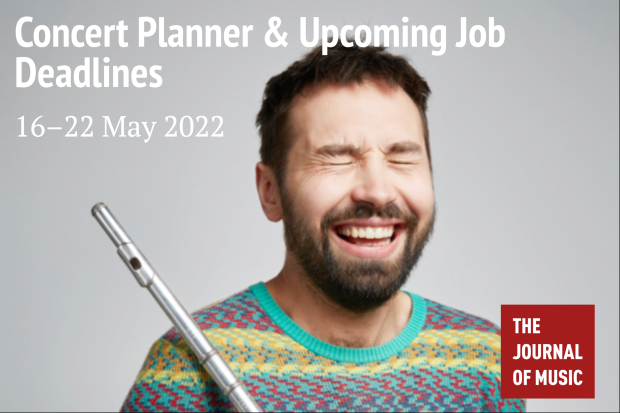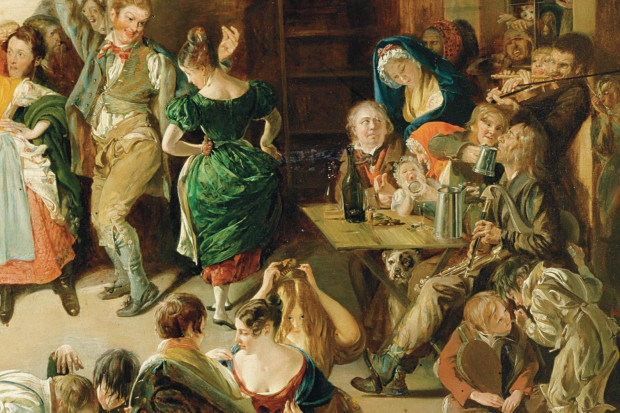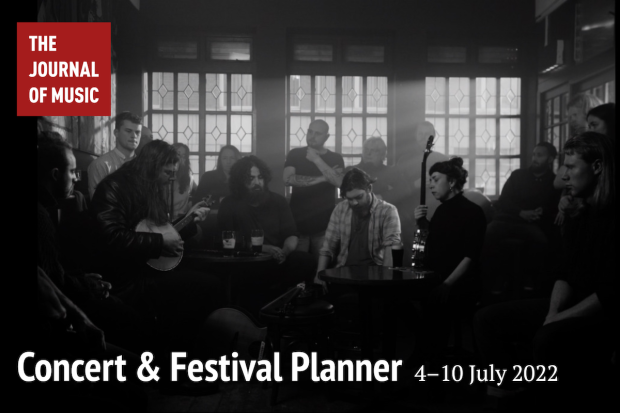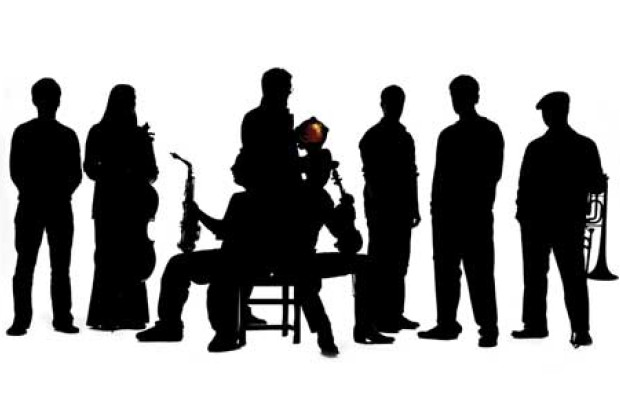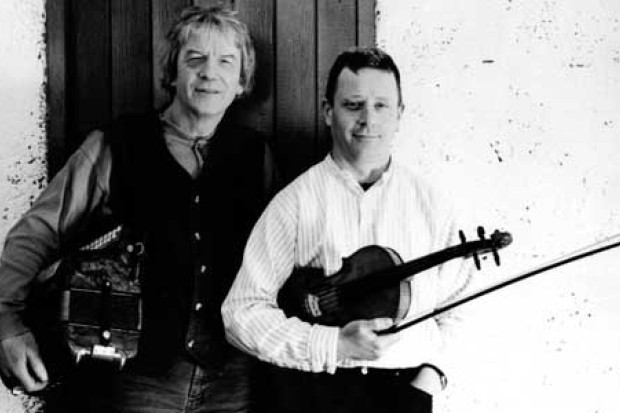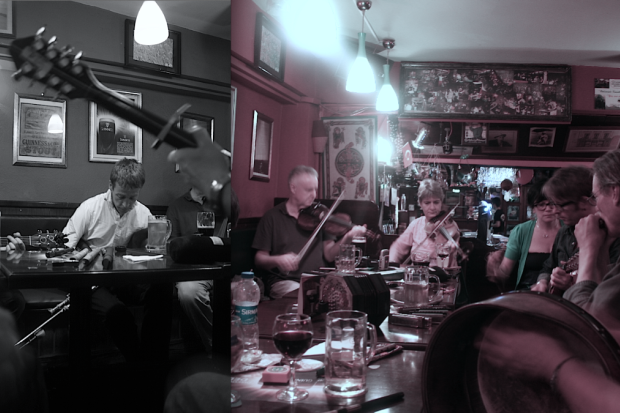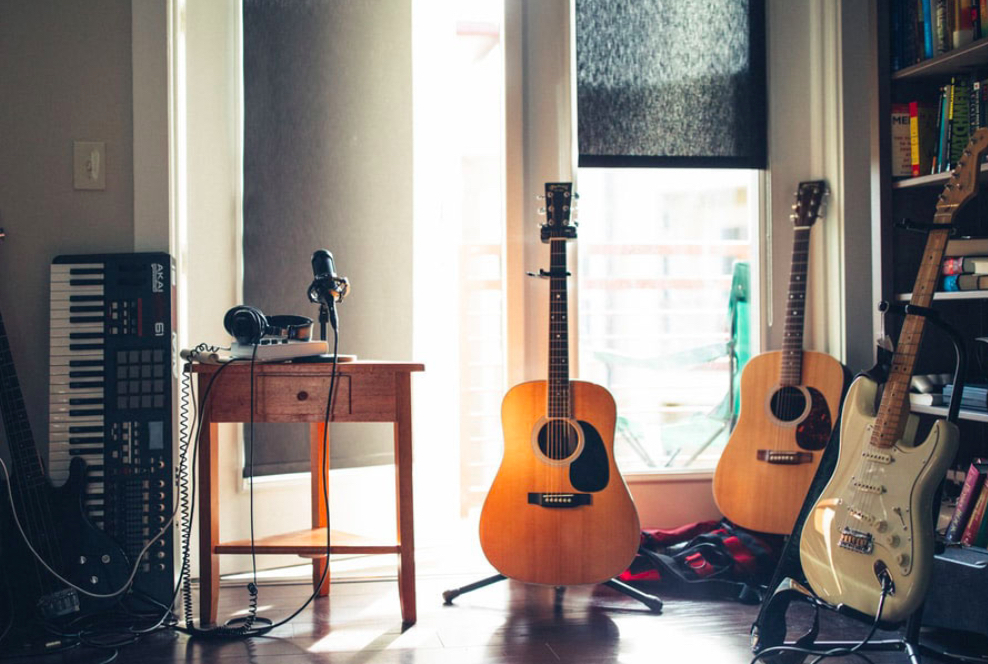
There is No Going Back Now: Live Music and the Pandemic
In the technologist Kevin Kelly’s 2017 book The Inevitable, he writes about the large technological trends that are already up and running and that will shape our society over the next three decades. His argument is that these trends are not especially reliant on the arrival of new products or inventions, but are driven by the ‘biases’ of technology that has already been invented. When we ‘bend’ our society to these biases, we are in a better position to control the technology and take advantage of it. What is fascinating is how we often resist them until conditions suddenly change.
When the current pandemic hit, the speed at which artists switched to online performances and digital concerts was remarkable, and it is an example of the bending towards technology that Kelly describes. The technology was already there, of course, for we have been watching at-home performances – people recording themselves practising or playing us their newly written song – for years, but suddenly a digital performance became much more than a middling substitute for a live concert experience. We began to embrace it. Digital concerts started to demonstrate their own structures, formats, ways of presentation, approaches to scheduling and promotion, and the experience could be just as enjoyable but in a different way.
Cathy Jordan from the Irish traditional music group Dervish created a daily singalong from her house and then her audience posted their videos of them singing along with her. A single digital concert by the folk singer Daoirí Farrell, in which he responded to comments and requests from his audience, received over 45,000 views. The choral conductor Gareth Malone has just launched an ‘online choir’ – the Great British Home Chorus – and was able to take an audience of tens of thousands of viewers through an entire rehearsal, including warm-ups and breaking the parts down for the different voices, without ever hearing a note his audience sang. The comments and positive reactions were coming in so fast on the screen in front of him he couldn’t even read them. In digital performances by Hozier, Chris Martin and Rufus Wainwright, it is amazing to see the influence that a stream of heart emojis and positive comments can have on the performer while they are playing. The connection between artist and listener is real.
Whatever else happens once this pandemic is over, it is increasingly unlikely that live concert promoters will be able to go back to the way things were. They will now have to take account of this additional layer, and consider whether they should provide this dual option to listeners: attend live or watch online, with different ticketing options for both. And, of course, key to the digital concert is the intense interaction with the audience, and this will mean that this will start to influence the live performance, perhaps radically. It won’t be enough to just say at the beginning from the concert venue ‘And hello to all those watching online…’ and leave it at that. The two experiences – digital and venue – will have to somehow meet in the middle. What this will mean, and how it will challenge promoters, musicians and audiences is not clear, but what we do know is that we are going to witness another radical shift in music performance in the digital age.
When we think back to the situation just before the pandemic, and the extraordinary abundance of live music performance that was available to us, it does seem surprising that our society had clung so passionately to the idea that there is ‘nothing like a live concert experience’ when that was kind of missing the point. Digital concerts are different and, as Kelly’s book makes clear, they were inevitable, but until the pandemic arose, artists and promoters didn’t have to apply themselves to making them work. The outlay for artists in terms of travel and rehearsal for live performance has always been huge, but they did it because there wasn’t a realistic alternative, and of course since streaming arrived, live was supposedly the last income option for the music world. But the pandemic has shown just how vulnerable the entire live music sector was and is. The idea of an orchestra playing to a half-full hall or a band travelling for hours across the country in the hope that people might turn up, without any additional layer of income such as digital concerts could provide, just does not seem sustainable any more.
The positive news is that the rapidly developing digital concert scene may soon provide extra options for those who embark on live performance. There will inevitably be a tussle between the two formats. Some promoters will struggle with the development or resist it, but the change is real and inevitable. For listeners and musicians, we are about to see another marked leap into the unknown for our musical life.
Published on 26 March 2020
Toner Quinn is Editor of the Journal of Music. His new book, What Ireland Can Teach the World About Music, is available here. Toner will be giving a lecture exploring some of the ideas in the book on Saturday 11 May 2024 at 3pm at Farmleigh House in Dublin. For booking, visit https://bit.ly/3x2yCL8.












